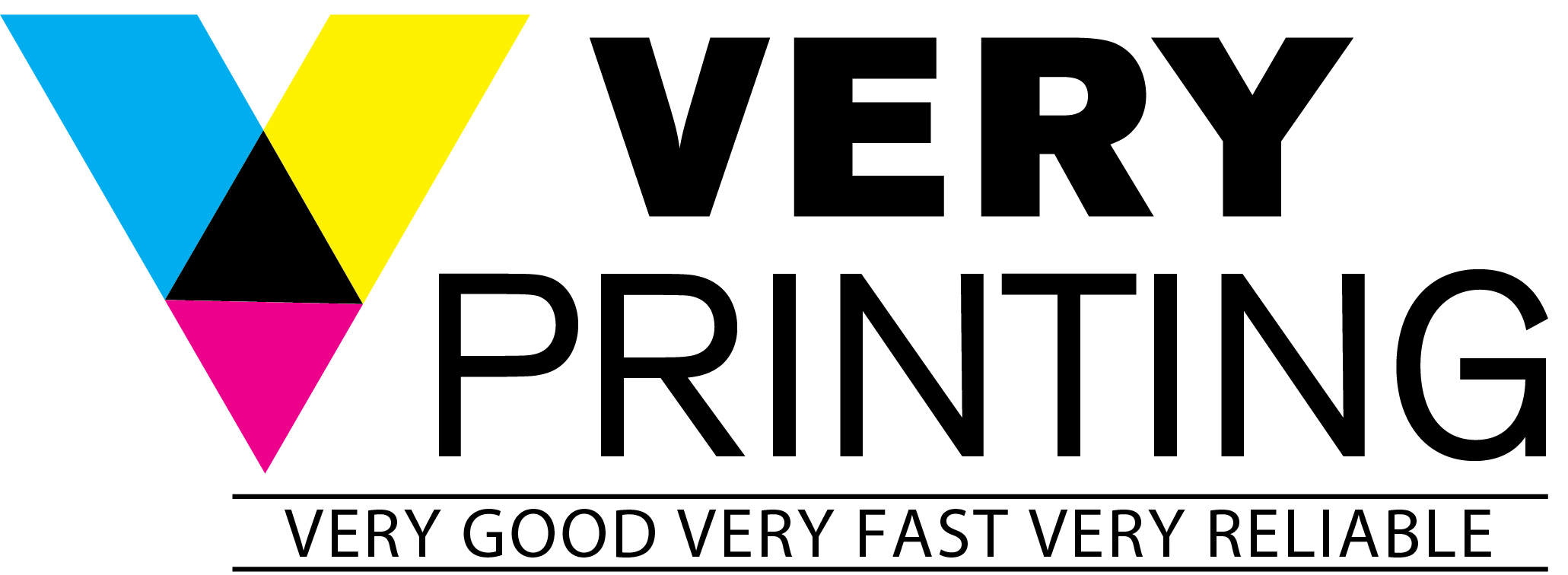Marketing is the lifeblood of any business. Without it, growth stagnates. But effective marketing isn’t about throwing ideas at the wall to see what sticks. It’s about having proven marketing strategies. In this blog, we will explore 10 proven marketing strategies guaranteed to create profitable and sustainable business growth.
What This Blog Covers
- The importance of a structured marketing approach
- How to craft an irresistible offer
- Understanding and analyzing your target market
- Setting clear, actionable goals
- Choosing effective content types
- Harnessing the power of email marketing
- Building a marketing funnel
- Increasing Customer Lifetime Value (CLV)
- Leveraging video marketing for engagement
Benefits of Reading This Blog
By the end, you’ll know how to:
- Create a marketing strategy tailored to your audience
- Maximize your ROI with structured planning
- Use different marketing tools effectively
- Identify and close gaps in your marketing funnel
- Increase customer retention and engagement
Why a Structured Marketing Approach is Essential
Random marketing efforts rarely succeed. 10 Proven marketing strategies provide clarity and direction. They ensure that every action aligns with your business goals. Without this, marketing becomes guesswork, leading to wasted time and money.
Start with Your Offer Is The First Proven Marketing Strategies.
Your marketing starts with what you’re selling. The offer is central to your strategy. It defines what value you provide to your customers. A well-defined offer answers these questions:
- What problem does it solve?
- Why should customers choose it over competitors?
The Offer vs. Target Market Debate
Some marketers argue about whether to define the offer or the target market first. While both are critical, starting with the offer can often guide who your ideal audience is. A strong offer makes it easier to craft messaging that resonates.
Understanding Your Target Market

Marketing without understanding your audience is like shooting in the dark. Knowing their pains, problems, and desires helps you create messages that resonate.
Key Components of Target Market Analysis
- Demographics: Age, gender, income level.
- Geographics: Location and its influence on buying behavior.
- Psychographics: Values, interests, and lifestyles.
You might also like: Target Market: Definition, Purpose, Examples, Market Segments
The “Miracles and Miseries” Concept
This approach focuses on:
- Miracles: What your audience aspires to achieve.
- Miseries: Their pain points or challenges.
Aligning your marketing with these insights ensures relevancy.
+ You might also like: 7 Game-Changing Secrets to Branding Your Small Business.
Setting Clear Goals

Vague objectives lead to unclear outcomes. Your marketing strategy needs a clear “north star.”
Examples of Actionable Goals
- Increase website traffic by 20% in three months.
- Gain 1,000 email subscribers within six months.
- Improve conversion rates by 15% over a campaign period.
Setting goals helps you track progress and adjust strategies as needed.
Choosing the Right Content Types

Content drives modern marketing. Choosing the right formats is key.
Popular Content Types
- Text: Blog posts, articles, and guides.
- Audio: Podcasts and interviews.
- Video: Tutorials, testimonials, and explainer videos.
Start with Long-Form Content
Long-form content provides depth. It builds trust and showcases expertise. From this, you can repurpose smaller pieces for social media and email campaigns.
Why Email Marketing Matters
Email marketing remains one of the highest ROI channels available. It’s direct, personal, and cost-effective.
Growing Your Email List
Use lead magnets like:
- Free guides or checklists
- Webinars or exclusive content
Nurturing Subscribers
Email campaigns can:
- Educate potential customers
- Promote new products
- Retain existing customers
+ You might also like: Marketing Mastery: A Deep Dive into 7 Essential Marketing Strategies for Success
Building a Marketing Funnel

A marketing funnel framework maps the customer journey, from awareness to conversion.
Steps of a Marketing Funnel
- Awareness: Capture attention with ads, blogs, or social media.
- Interest: Engage with email campaigns and valuable content.
- Decision: Provide testimonials, case studies, or demos.
- Action: Make the buying process seamless.
Mapping your funnel helps identify gaps and optimize conversions.
Understanding Customer Lifetime Value (CLV)
CLV measures how much revenue a customer generates over their lifetime. It helps justify marketing investments and guides retention strategies.
Tips to Increase CLV
- Upsell and cross-sell related products.
- Offer loyalty programs or incentives.
- Provide exceptional customer support.
Leveraging Video Marketing Is The 10th Proven Marketing Strategies.
Video is a powerful tool for storytelling and engagement. Platforms like YouTube, TikTok, and Instagram make video content accessible.

Why Video Works
- It grabs attention quickly.
- It’s more engaging than text or images.
- It’s shareable and can go viral.
Types of Video Content
- Product demos
- Customer testimonials
- Behind-the-scenes glimpses of your brand
Conclusion
In conclusion, these 10 proven marketing strategies will help you grow your business. Start with a solid offer and understand your target market. Set clear goals and choose the right content types. Leverage email marketing and build a marketing funnel. Calculate customer lifetime value and use video marketing effectively. Bridge the gap between miseries and miracles, and always be ready to adapt.
By following these strategies, you will create marketing that works and drives results. Now it’s your turn! What ideas do you have? Are there any other marketing strategies we didn’t cover? Share your thoughts in the comments below!
+ You might also like: The Secrets Behind How Brands Use Design and Marketing Control Your Mind




